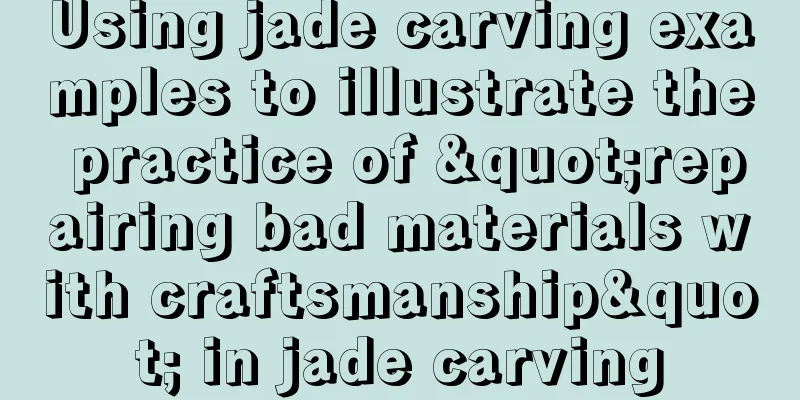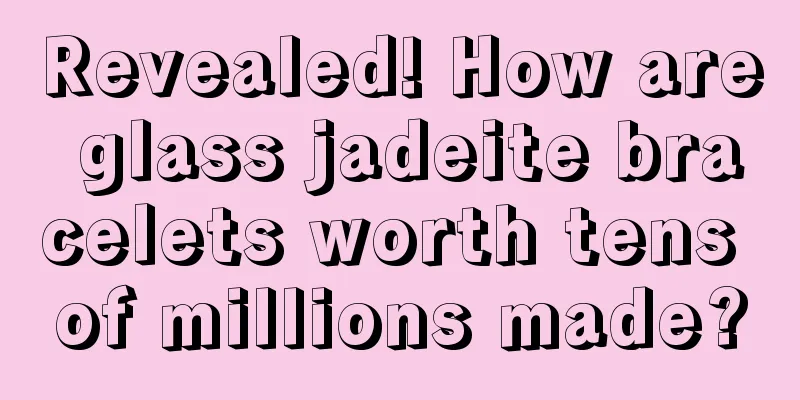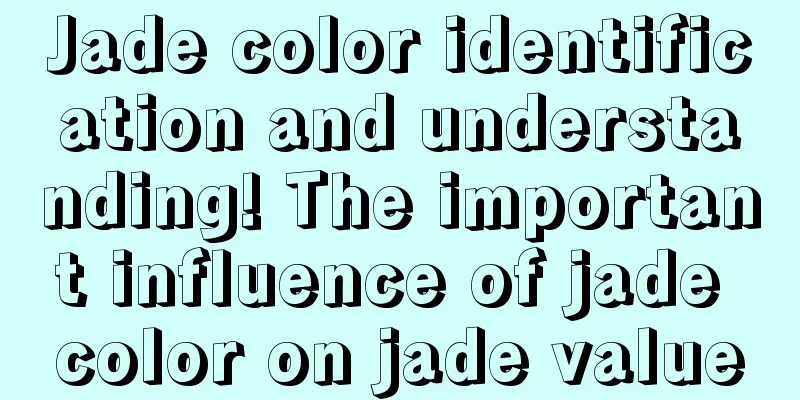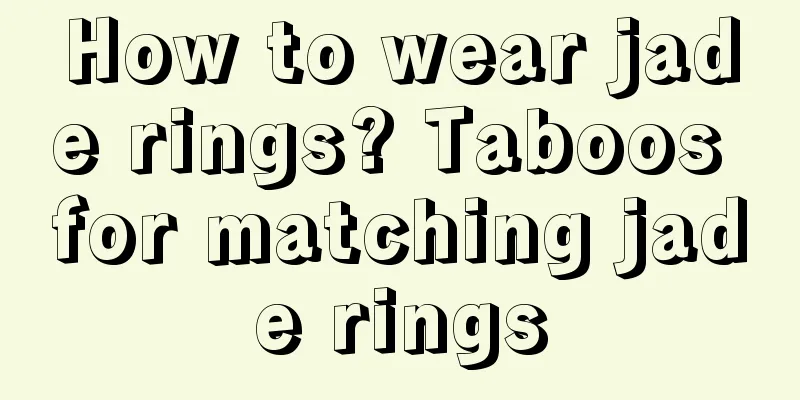Using jade carving examples to illustrate the practice of "repairing bad materials with craftsmanship" in jade carving

|
To evaluate the value of jade, we generally measure it from five aspects: type, water, base, color, and workmanship. The first four factors are the natural quality of jade, which fundamentally determine the value of jade. Craftsmanship refers to the acquired carving of jade, which is the ultimate way to enhance the value of jade. In high-end jade, the carving of jade has little impact on the overall value of the finished product, but in general jade, the carving of jade affects the value of the finished product, just as the popular saying in the jade carving circle says: "If the material is not good, the craftsmanship can save it." Just like the small material I am going to share today, its shape is large in the middle and small on both sides. Under the light we can see that the water quality is just ordinary glutinous ice material, and the base is average. Its advantage is that it has no obvious flaws. Judging from the quality and shape of this material, it is suitable for making lucky melons, but there will not be much surprise when making lucky melons from this material, and the value of the finished product is also average! Because of this value situation, the jade carving master decided to try the idea of "if the material is not good, the craftsmanship can save it" to create this material. After weighing and analyzing, he finally composed the material into an octopus-themed pendant according to the shape of the jade: this composition arranges the octopus's big round head on the protruding part in the middle of the jade, and reasonably divides the octopus claws around it. The carving uses a combination of round carving and openwork carving to carve patterns, and the octopus's eight claws are carved through openwork. These hollow parts increase the ability of light to penetrate jade, improve the refraction of light, and play a role in regulating the water of the octopus, making the finished product more transparent and jade-like. On the back of the three-dimensional round sculpture, the line pattern echoes the front shape, and the copper coin designed at the bottom of the octopus serves as the "finishing touch" - the octopus is commonly called octopus, and in jade carving culture, "eight" is homophonic to "fa", and the octopus has eight claws, so the combination has the beautiful meaning of making a fortune! When we finally pick up the goods, we can see that although the natural water quality of the jade is average, through clever water adjustment techniques, it also has a faint sticky feeling. If you use jadeite with this kind of effect to carve a melon, it is destined to be a very ordinary jade pendant. But this carved octopus pendant, although not high-end jadeite, is definitely a very special masterpiece!
|
Recommend
Let’s start jadeite raw stone carving! Look at the gorgeous transformation of Little Stone!
Could you imagine that an inconspicuous little st...
The best way to maintain jadeite and common sense of jadeite maintenance
How to maintain red and yellow jadeite? The sweat...
How to identify good jadeite?
Jade is loved by more and more people for its ric...
Jade's "Three Taboos and Four Fears", Understand Your Jade
Jade is now almost the "national sweetheart&...
Detailed analysis of how to cut jadeite raw stones to maximize profits
How to realize the maximum economic value of a pi...
Do you know the toughness of jade?
Toughness refers to the ability of an object to r...
The secret of jadeite value preservation and appreciation: four types of jadeite should be kept, and four types of jadeite should be thrown away
For most people, the biggest purpose of buying ja...
Buying jade, did you buy the right one? Look at the meanings of different jades. Buying jade, did you buy the right one? Look at the meanings of different jades.
There are various kinds of jade products on the m...
Unique among jade types
Do you like this kind of jadeite? Black Jade Blac...
The combination of jade and cheongsam can best show the beauty of oriental women
The most glorious time for cheongsam was during t...
Make good use of jadeite raw stones, there is very little waste, let's talk about jadeite carving
As the old saying goes, "If jade is not carv...
What aspects should we focus on when appreciating jadeite? Remember these five key elements and you too can talk fluently
How to evaluate a piece of jade jewelry? Jade jew...
Jade professional knowledge: "Jade Luster"
Jade is a jade stone with a polycrystalline inter...
The number song in Jade is so interesting!
"After walking two or three miles, there are...
How to choose jadeite rough stone? What should you pay attention to when playing with raw stones?
The quality of jade is generally graded based on ...









